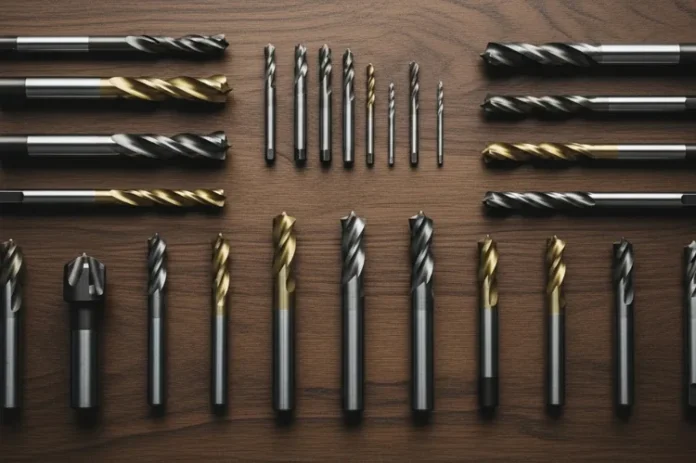Choosing the right milling tools is essential for any DIY enthusiast. Mistakes in selection can lead to inefficient work, tool damage, and unsatisfactory project outcomes. Understanding common pitfalls can help you make informed decisions.
When starting a home project, selecting the appropriate milling tools is crucial. The type of end mill you choose not only impacts the quality of your work but also affects the durability of your tools. Whether you’re working with wood, metal, or plastic, avoiding common mistakes can significantly improve your results. For more detailed guidance on tool options, click here to ensure your selections align with your project needs.
Overlooking Material Compatibility
 One common mistake is not considering the compatibility of the milling tool with the material being worked on. Using a tool not suited for the material can lead to rapid wear or even damage to both the tool and the workpiece. It’s crucial to match the tool material with the work material to achieve clean cuts and extend tool life.
One common mistake is not considering the compatibility of the milling tool with the material being worked on. Using a tool not suited for the material can lead to rapid wear or even damage to both the tool and the workpiece. It’s crucial to match the tool material with the work material to achieve clean cuts and extend tool life.
High-speed steel (HSS) tools are versatile and work well with softer materials like wood and plastic. However, for harder materials such as stainless steel or cast iron, carbide tools are preferred due to their hardness and heat resistance. Choosing the wrong tool material can result in poor performance and increased costs due to frequent replacements.
Ignoring Cost vs. Performance Balance

Another frequent error is selecting milling tools based solely on cost without considering their performance needs. While budget-friendly options might seem appealing, they often compromise on quality and longevity. It’s vital to balance cost with the specific demands of your project to avoid frequent replacements or subpar results.
Investing in high-quality tools may have a higher upfront cost but can save money in the long run by reducing the need for replacements and improving project outcomes. Understanding the balance between cost and performance is key to making wise tool selections.
Neglecting Speed and Feed Rates

Failing to consider the correct speed and feed rates for different materials is another common mistake. Each material requires specific settings for optimal performance, and incorrect settings can lead to poor finishes or even tool breakage.
Adjusting speed and feed rates according to the material can prevent costly errors and ensure a smoother workflow.
Softer materials may require slower speeds and higher feed rates, while harder materials may need faster speeds and lower feed rates. Understanding these nuances can enhance the efficiency and quality of your work.
Seeking Expert Advice and Resources

To avoid these common mistakes, it’s beneficial to consult resources or seek expert advice. Local workshops or online communities often provide valuable insights based on firsthand experiences with various tools and projects. This guidance can help you select the right tools for your specific needs.
Ultimately, your choice of milling tools should align with both immediate project needs and long-term goals in terms of skill development and tool collection. Investing wisely in suitable tools not only enhances project outcomes but also enriches your DIY journey by equipping you with reliable tools capable of handling diverse challenges
Read Next: DIY Home Projects That Need a Professional Touch

